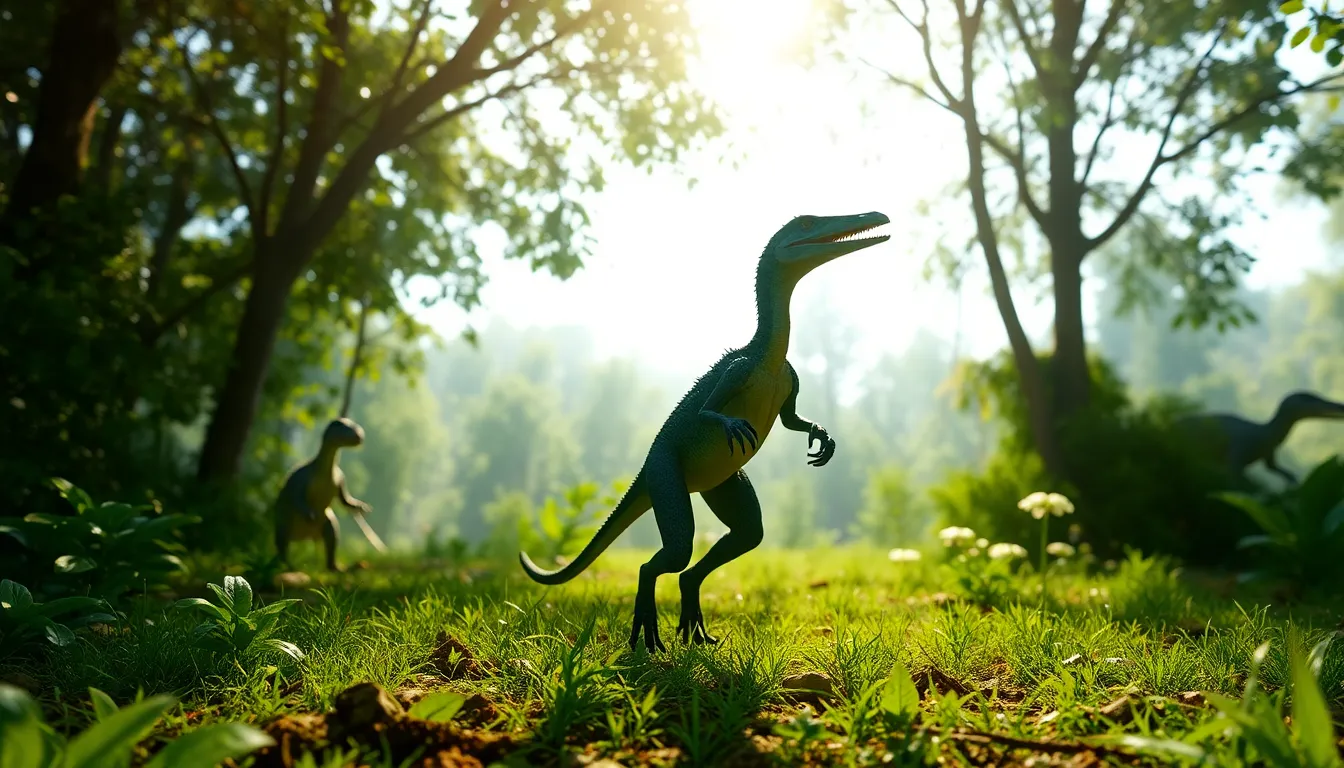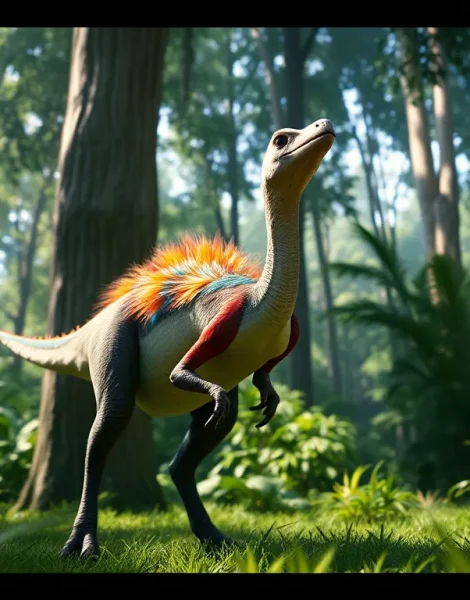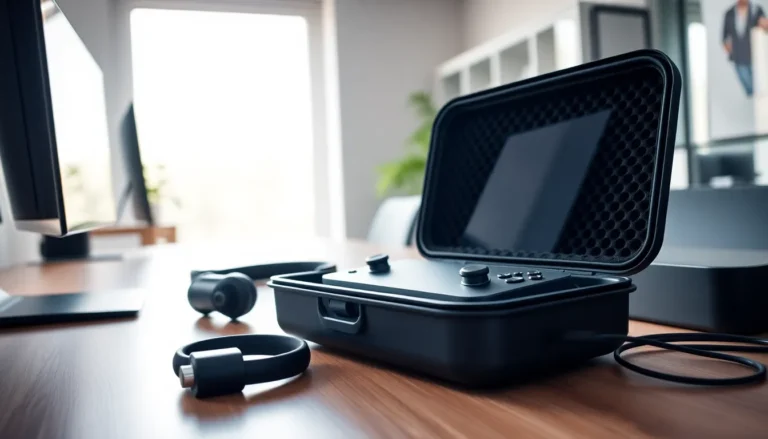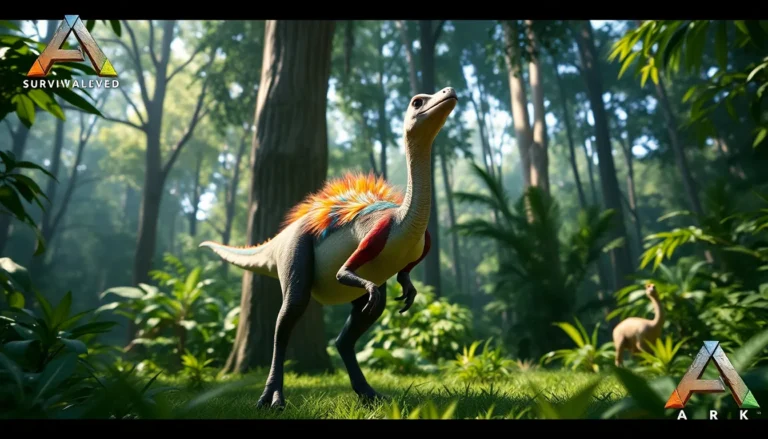If you think dinosaurs are strictly about sheer size and power, think again. Meet the Troodon, the underdog of the dino world in Ark Survival Evolved. This small but mighty creature can pack quite the punch, figuratively and literally. With its incredible intelligence and cheeky demeanor, it’s not just another pretty face in the wild. Curious about how to harness this clever critter for your survival? Keep reading to uncover everything you need to know about the Troodon, from its unique abilities to taming strategies that even your grandma could nail.
Table of Contents
ToggleUnderstanding the Troodon: Characteristics and Abilities

Troodons might be pint-sized, but their attributes set them apart from the giant beasts roaming the Ark. Standing at around 3 feet tall, they’re small and agile, making them perfect for stealth gameplay.
What’s more impressive? Their intellect. They exhibit behaviors that suggest a high level of problem-solving skills, which is somewhat unique in the dino world. Troodons boast a keen sense of smell and sight, enabling them to track down enemies, and prey, effectively. They can swiftly dodge attacks and even leap through the air, showcasing surprising agility.
Wielding a short but menacing serrated beak, they may not intimidate with size, but trust that their bite is something to respect. With health and stamina scores that help them survive both in the wild and combat, they can be strategic allies or troublesome foes.
Troodon Behavior and Social Structure
Understanding Troodon behavior can reveal why these creatures are more than just cute faces. While typically solitary, they may occasionally form packs when challenging larger prey. This social structure might surprise players, as packs thrive on teamwork, collaborating to take down opponents or overwhelm prey.
Within their dynamic, Troodons display a clear hierarchy. Alpha troodons, usually the largest or most experienced, lead hunts and decision-making. Following the leader closely, the others display various personality traits from aggressive to more cautious.
Interestingly, Troodons can exhibit playful behavior as they often chase after smaller creatures or even each other. Observing them closely in their natural habitat provides insight into their social interactions, making them fascinating to study while playing.
Troodon Taming: Strategies and Tips
Taming a Troodon isn’t your typical stroll in the park, it requires strategy, patience, and perhaps a bit of luck. First off, prepare yourself with some ideal food options: Troodons prefer small creatures, which gives you an avenue to gather meat for bait.
The first step to taming involves knocking it unconscious. Unlike other dinosaurs, Troodon requires a hit to initiate a taming process: a tranquilizer arrow or a simple club will do the trick. After it’s down, place your preferred bait in the inventory and wait for its affection to grow.
One sneaky trick? Use a sleep pod. This allows you to fast-forward the taming process, making it less tedious. Also, be mindful that taming efficiency increases when you monitor the creature’s health closely. Maintaining a fresh supply of the right food can raise effectiveness significantly.
Troodon Combat: Strengths and Weaknesses
Troodons bring a unique skill set to the Ark battlefield. With their vibrant speed and agility, they are exceptional at hit-and-run tactics. This fast-paced approach catches many enemies off-guard. Add in their serrated beaks, and they can deliver quick, lethal bites while dodging larger foes.
But, while Troodons excel in agility, they possess relatively low health compared to larger predators. Sharp attacks can knock them out swiftly if players aren’t cautious. Utilizing their strengths in combat means understanding when to engage in a fight and when to retreat.
It’s also crucial to consider their pack mentality: a single Troodon is manageable, but facing several at once could spell disaster. Strategize wisely and deploy them in teamwork scenarios for the most effective results on the battlefield.
Best Uses for Troodon in Ark Survival Evolved
So, you’ve tamed a Troodon, what now? One of the best uses for these creatures is as scouts. Given their intelligence and agility, they can be sent ahead to scout for potential dangers or gather information about enemy positions.
Also, Troodons excel at farming smaller creatures for meat, particularly if you have a dedicated pack. This helps maintain a sustainable food source for your larger predators. And as portable companions, they provide that added layer of protection when navigating the wild.
Remember, they can also help distract enemies during larger battles. Let them run circles around foes while your larger, stronger dinosaurs take care of the actual fighting. Troodons are versatile allies, proving that size isn’t everything.
Tips for Keeping Troodon in Your Base
Keeping Troodon in your base can be both fun and challenging. They’re not only adorable but quite feisty, making them a charming addition to your dino family. When housing them, ensure they have enough space to roam and play. Crowding them can lead to frustration and might spark some unexpected behavior.
Create a secure pen that allows them to explore but also keeps them under control. They’re known to have some escape artist tendencies thanks to their agility, so reinforcing fences is a smart move. Adding interactive items like feeding troughs or toys keeps them entertained and engaged.
Also, maintain a regular feeding schedule. Troodons have appetites to match their energy, so keep their tanks filled to avoid signs of hunger or unrest.









